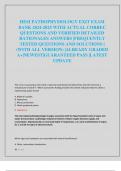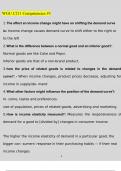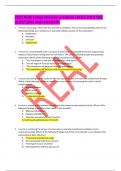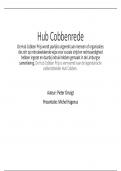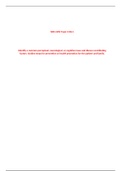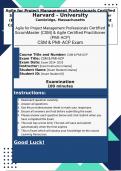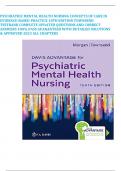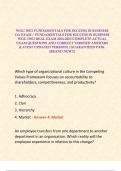Exam (elaborations)
HESI PATHOPHYSIOLOGY EXIT EXAM BANK WITH ACTUAL CORREC QUESTIONS AND VERIFIED DETAILED RATIONALES ANSWERS |FREQUENTLY TESTED QUESTIONS AND SOLUTIONS | (WITH ALL VERSION) |ALREADY GRADED A+|NEWEST|GUARANTEED PASS |LATEST UPDATE
- Course
- Institution
HESI PATHOPHYSIOLOGY EXIT EXAM BANK WITH ACTUAL CORREC QUESTIONS AND VERIFIED DETAILED RATIONALES ANSWERS |FREQUENTLY TESTED QUESTIONS AND SOLUTIONS | (WITH ALL VERSION) |ALREADY GRADED A+|NEWEST|GUARANTEED PASS |LATEST UPDATE
[Show more]
